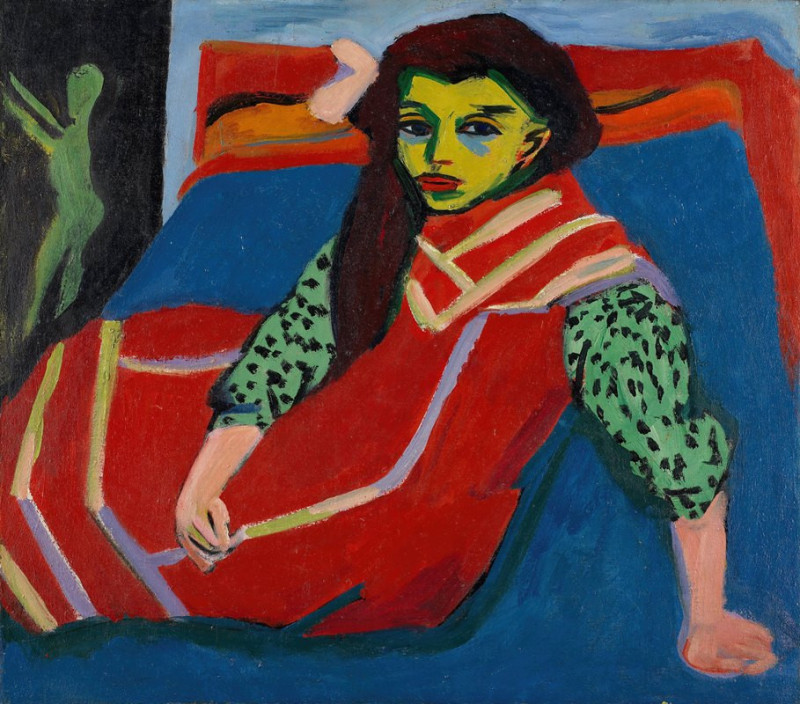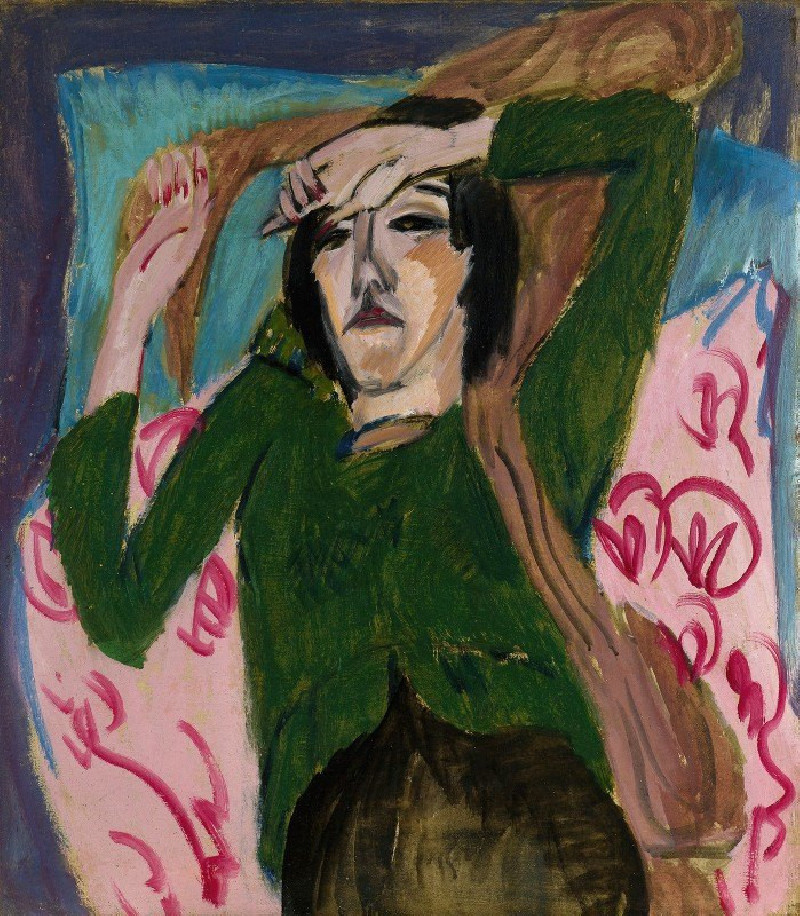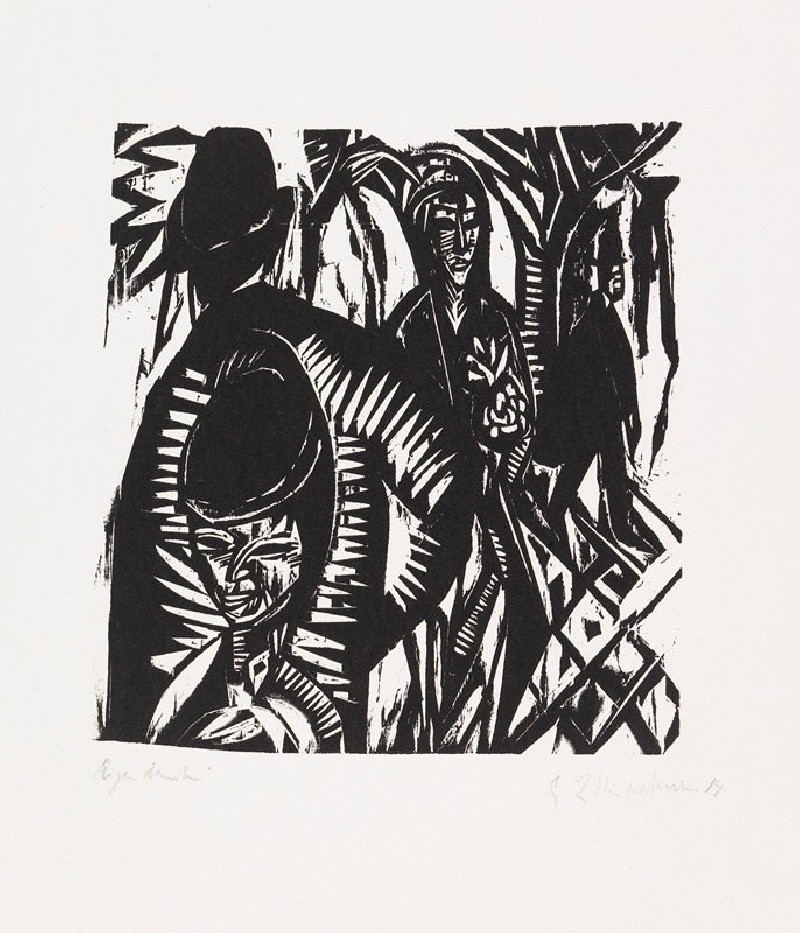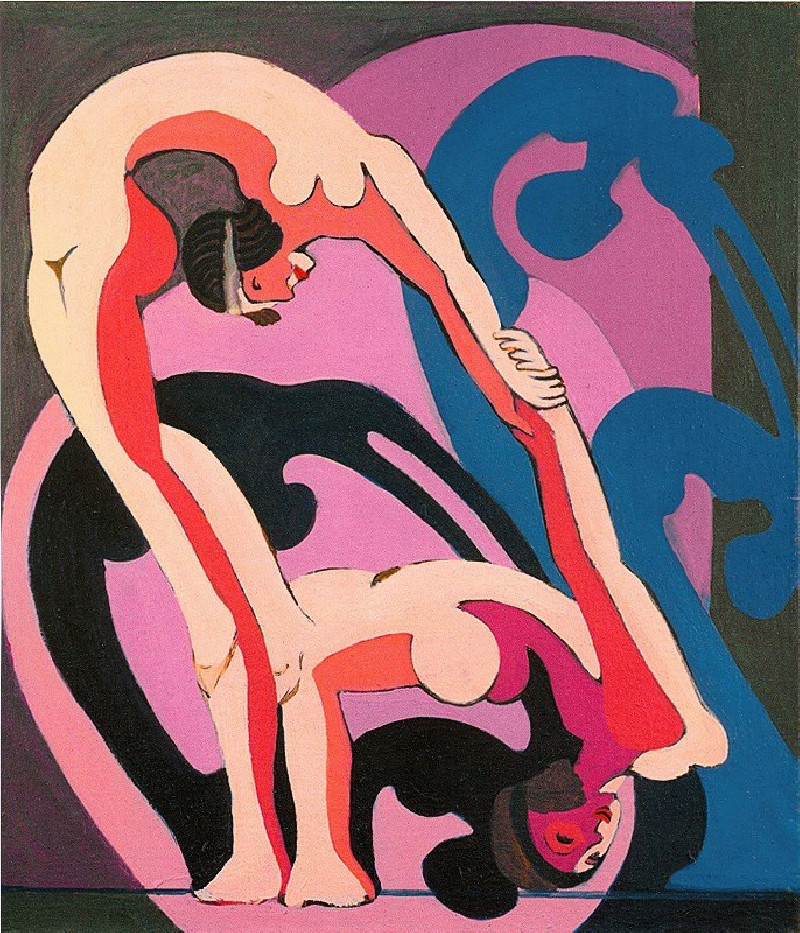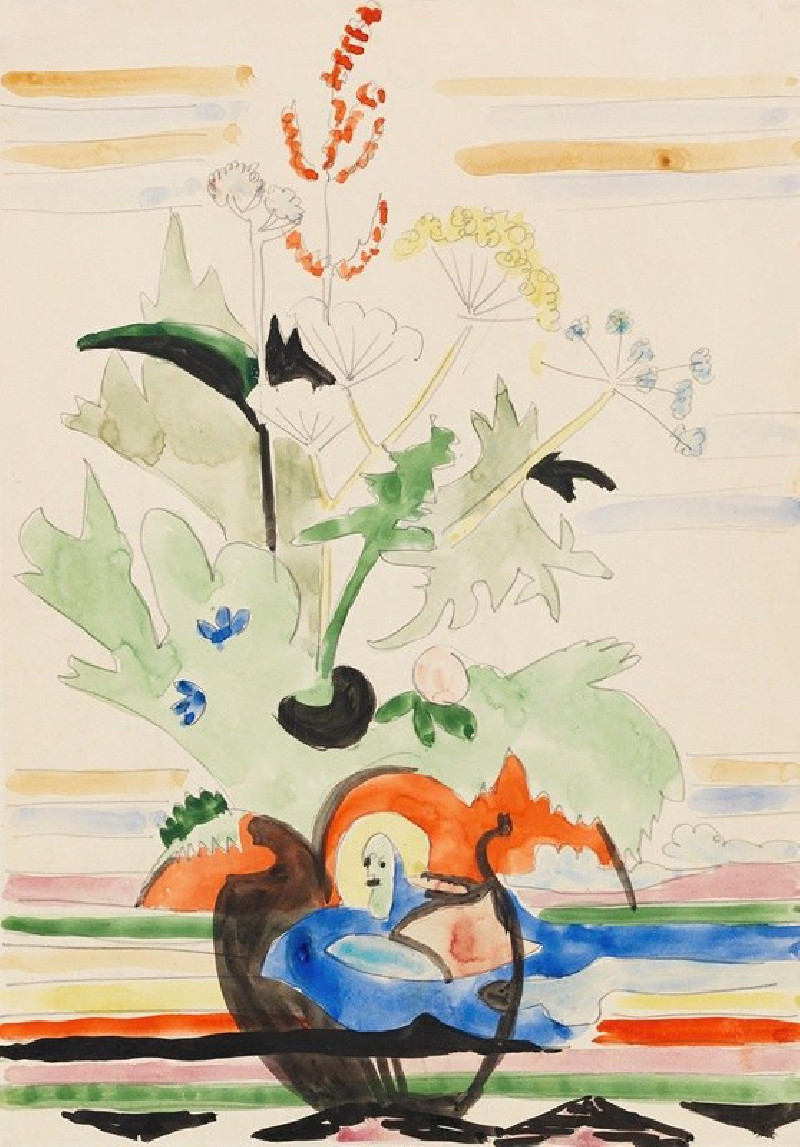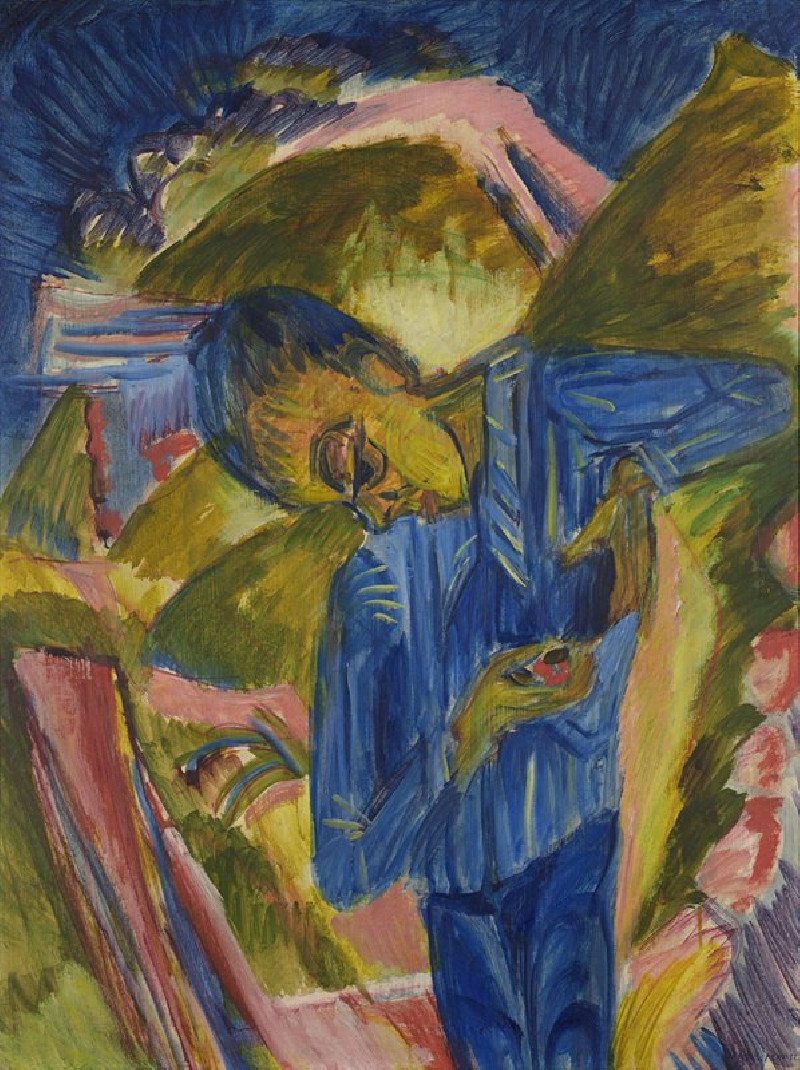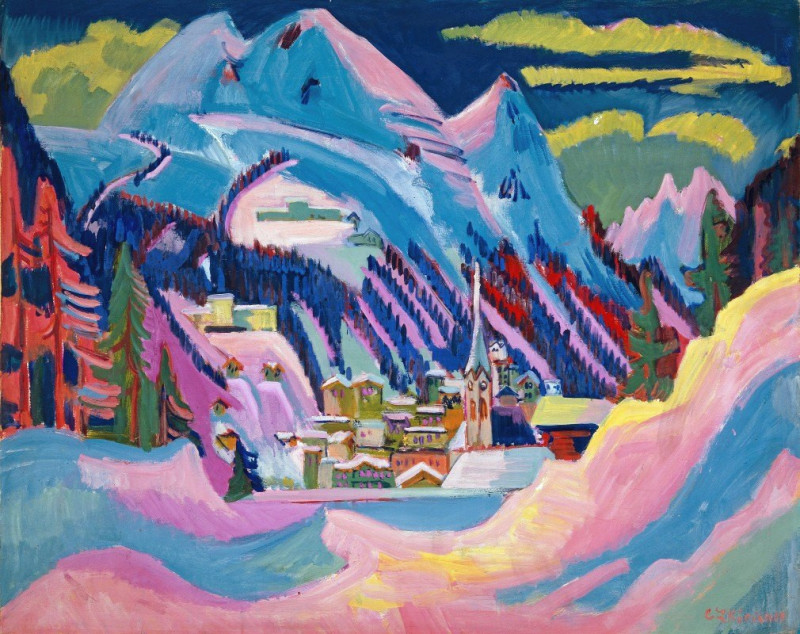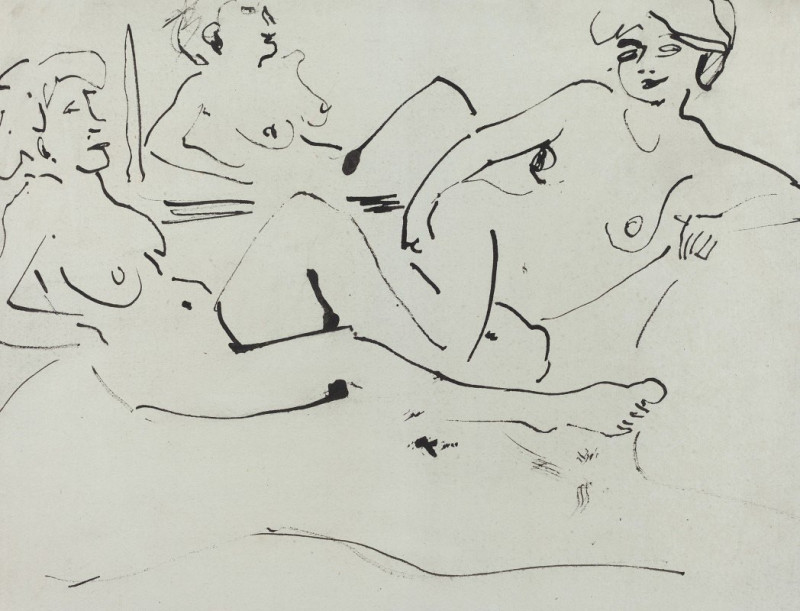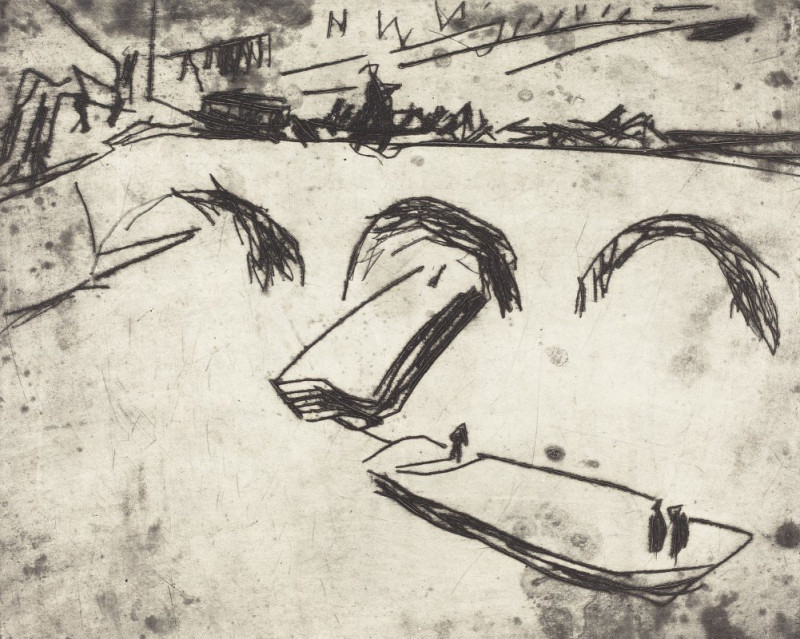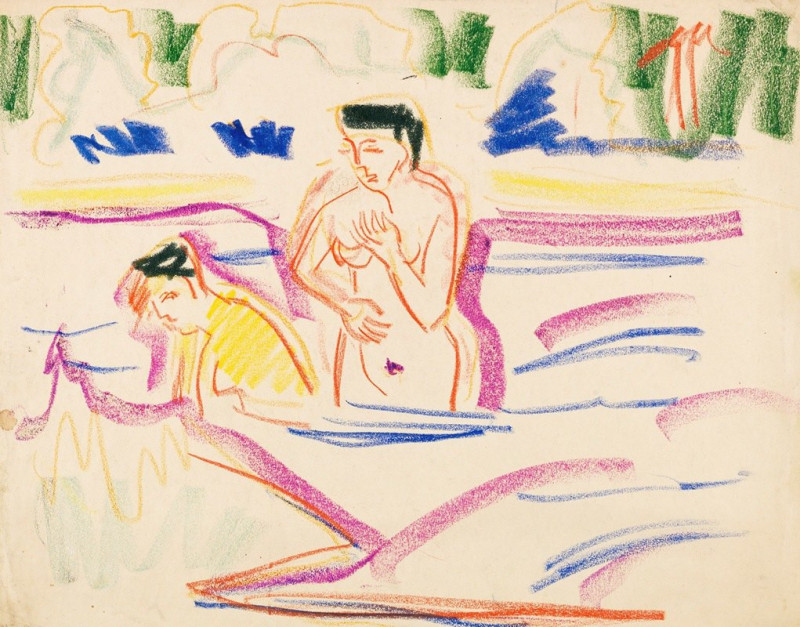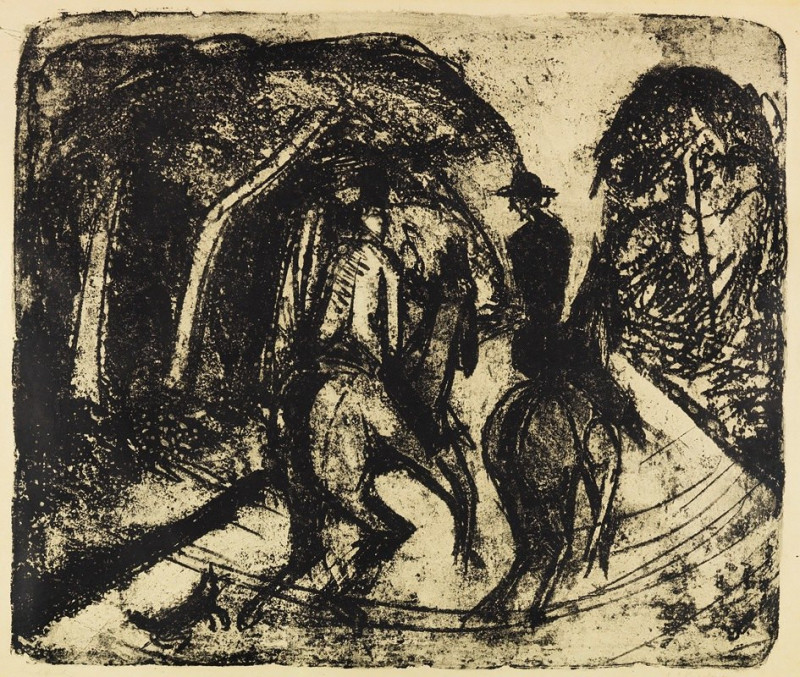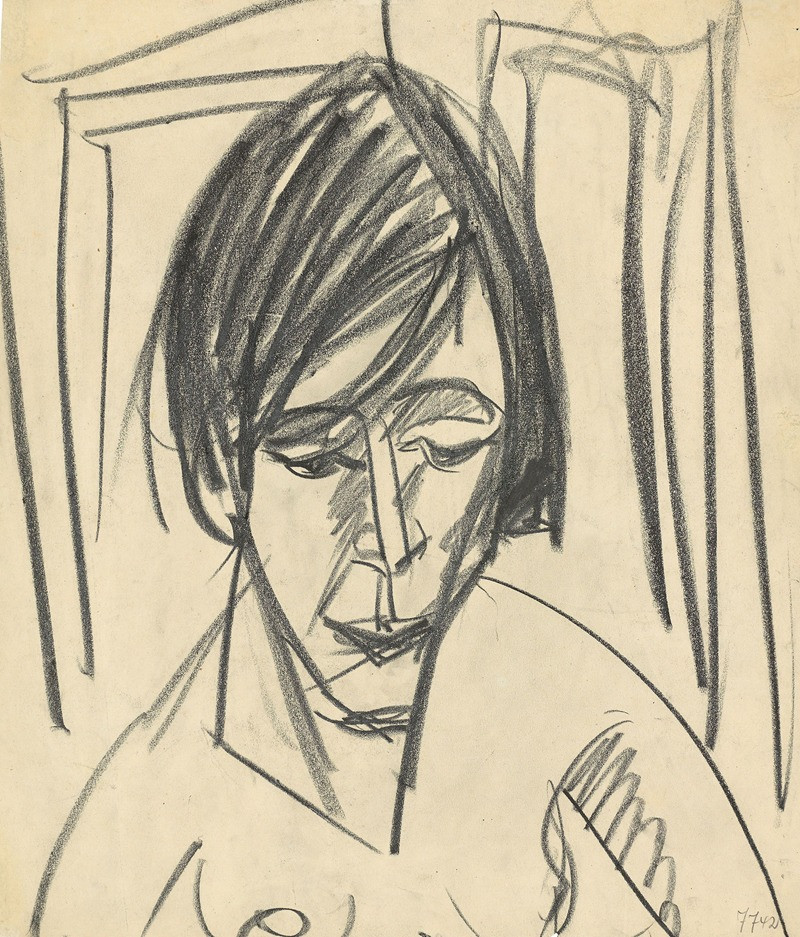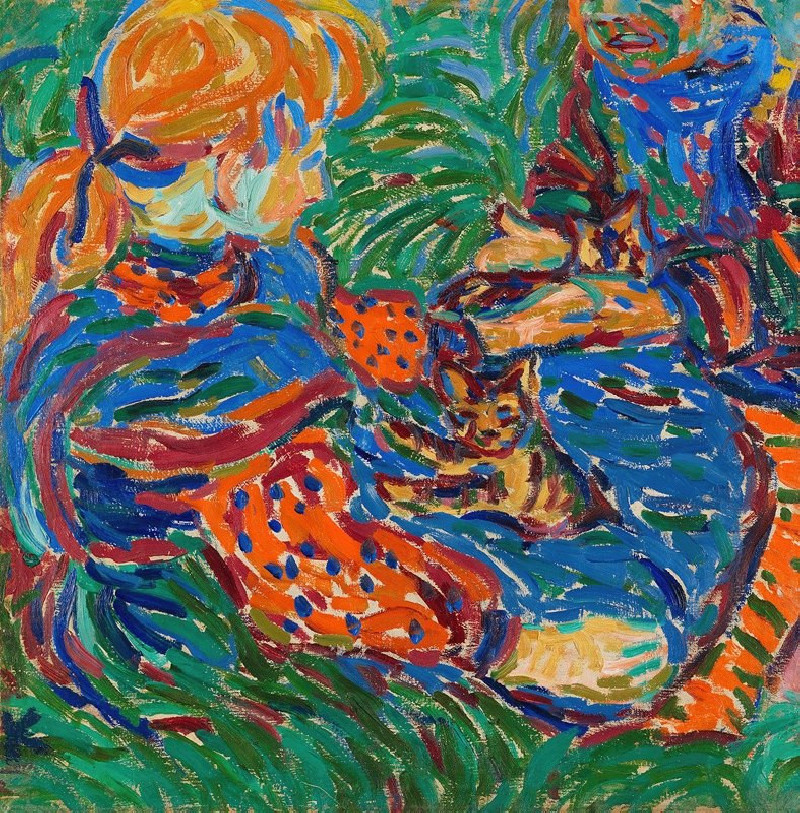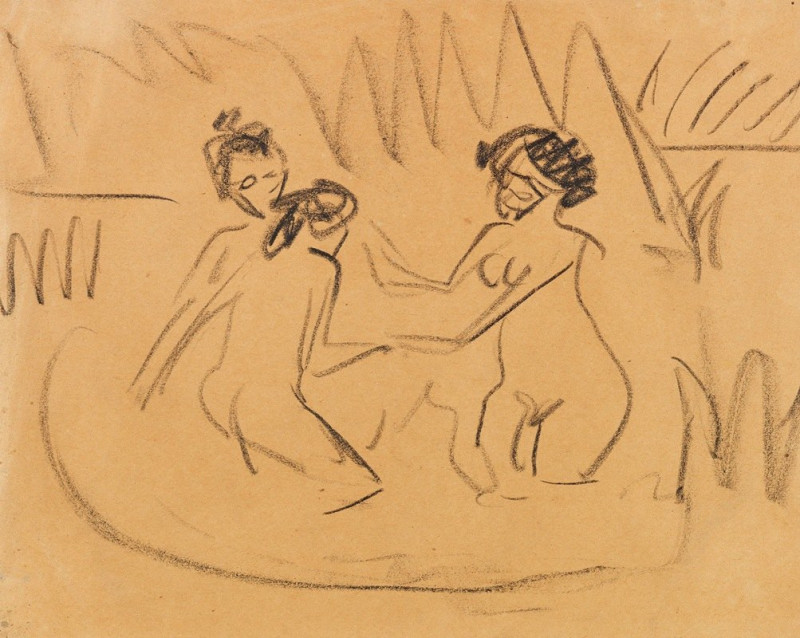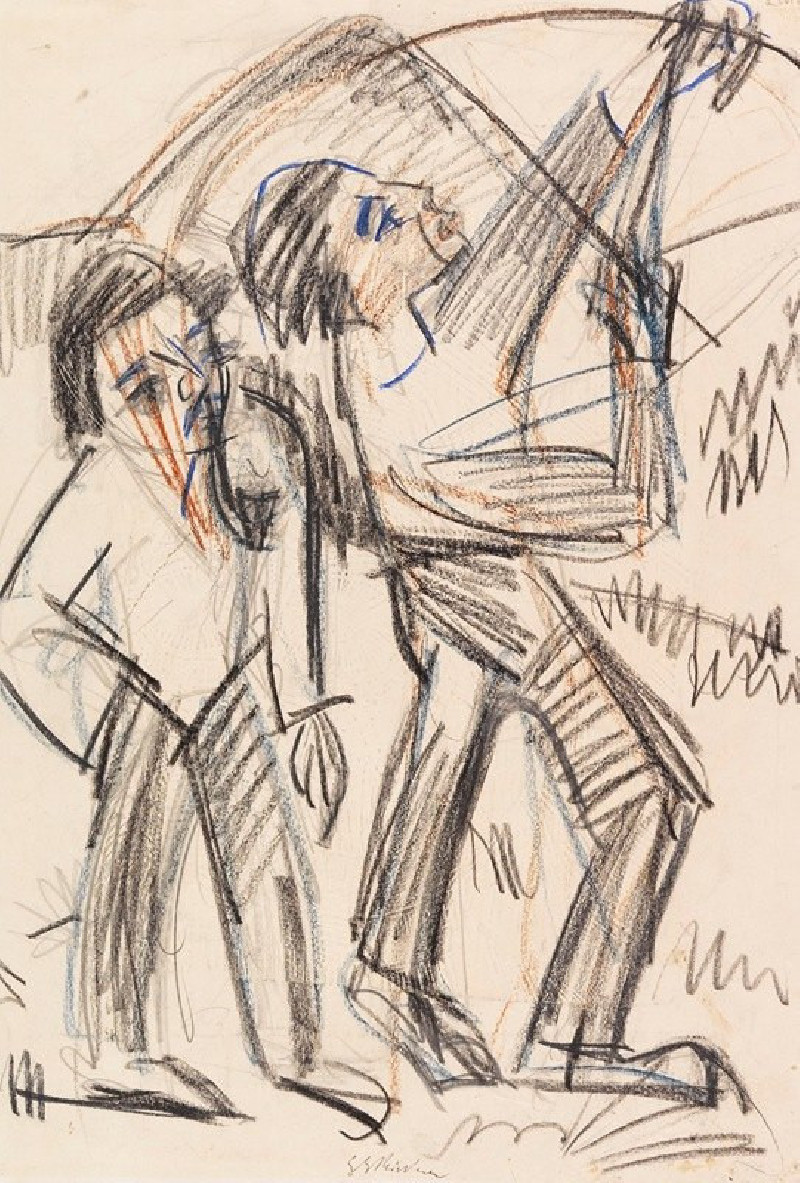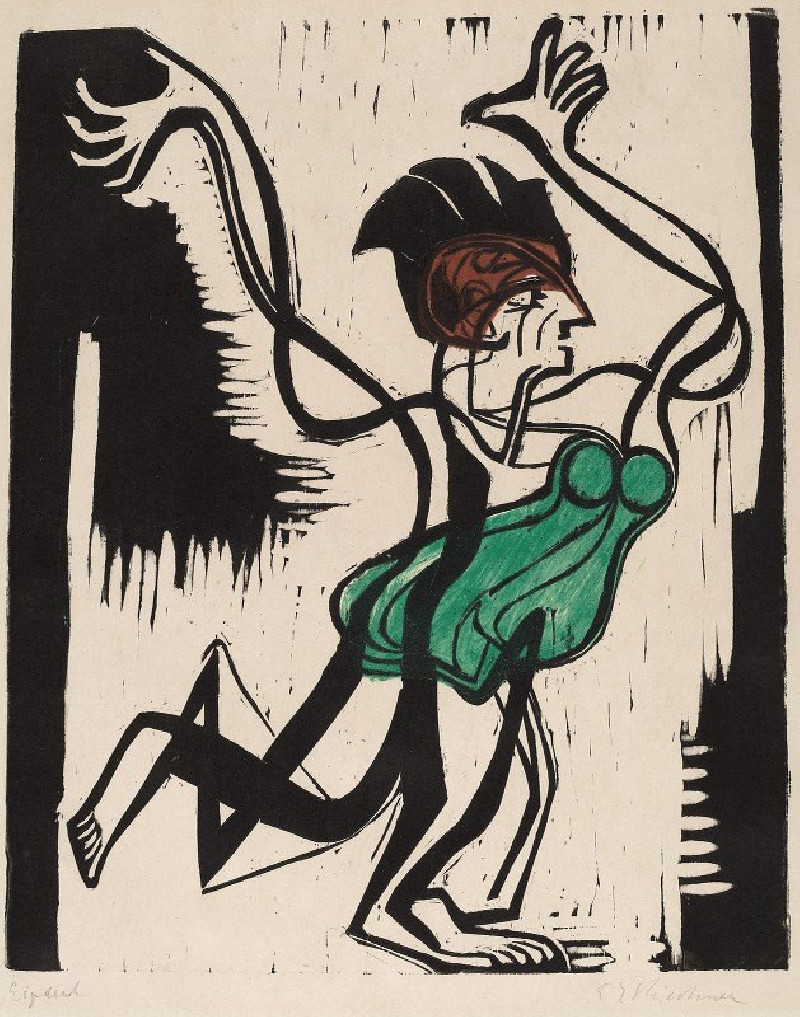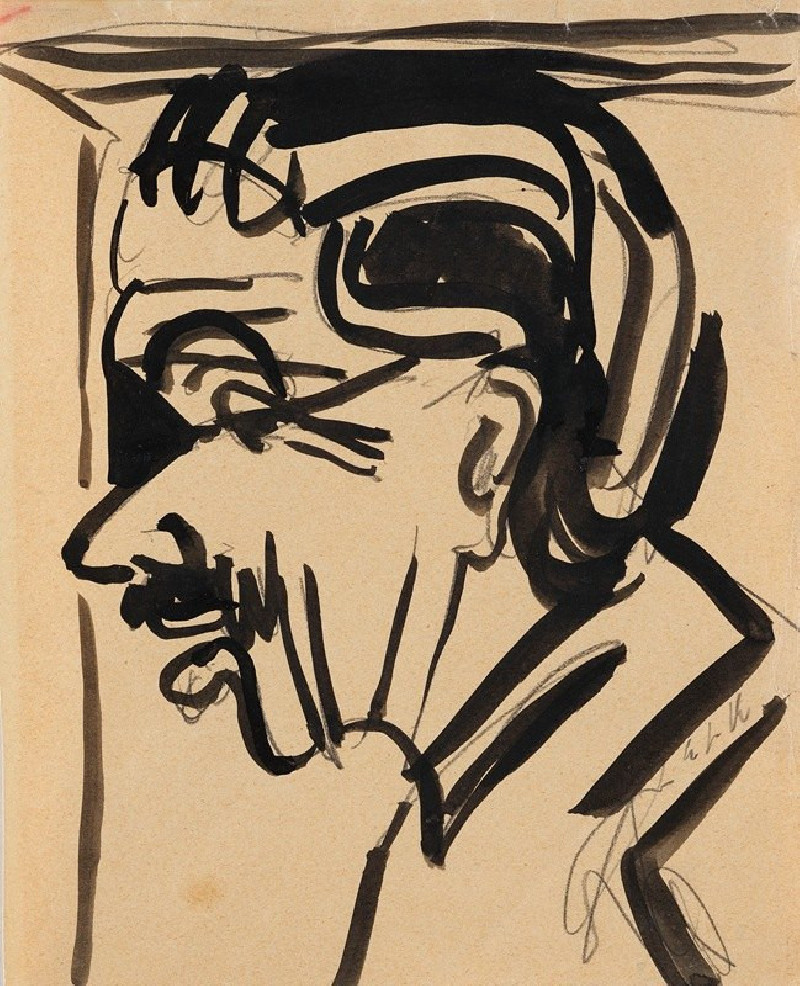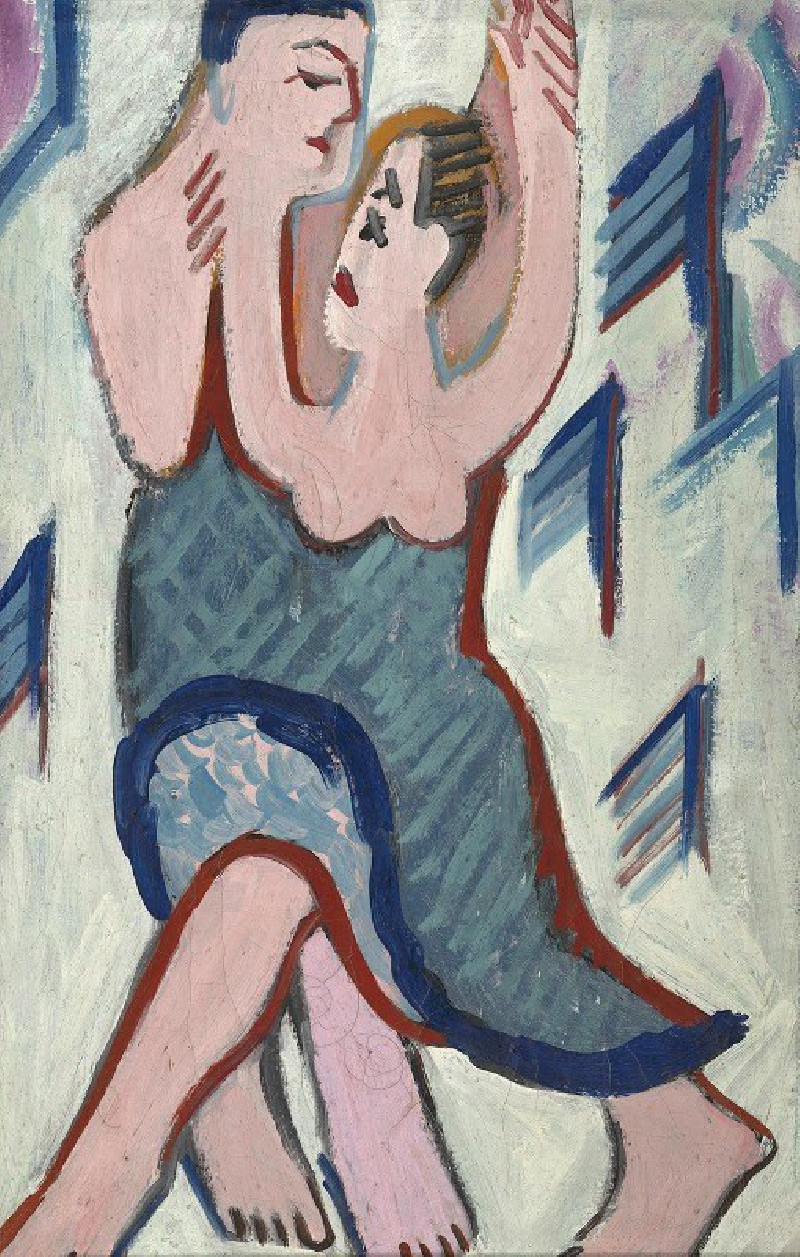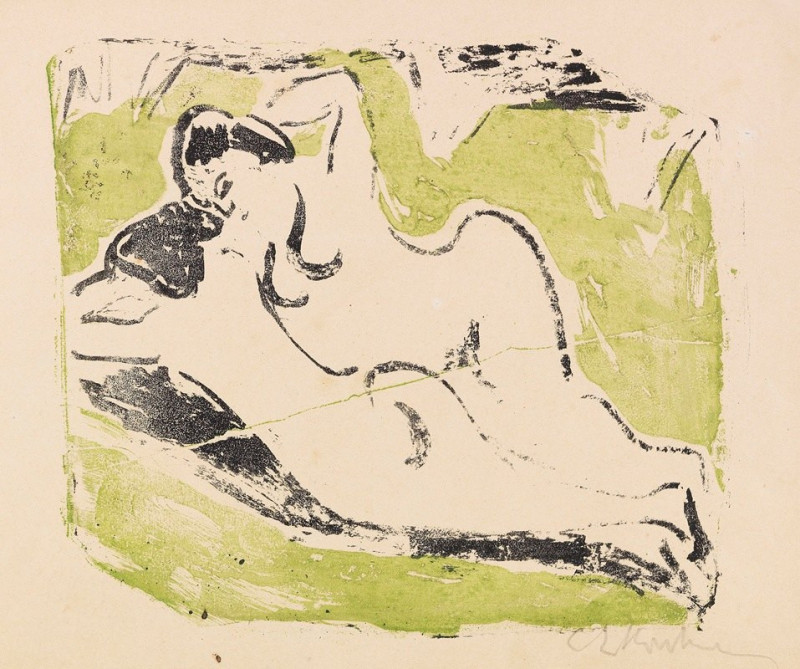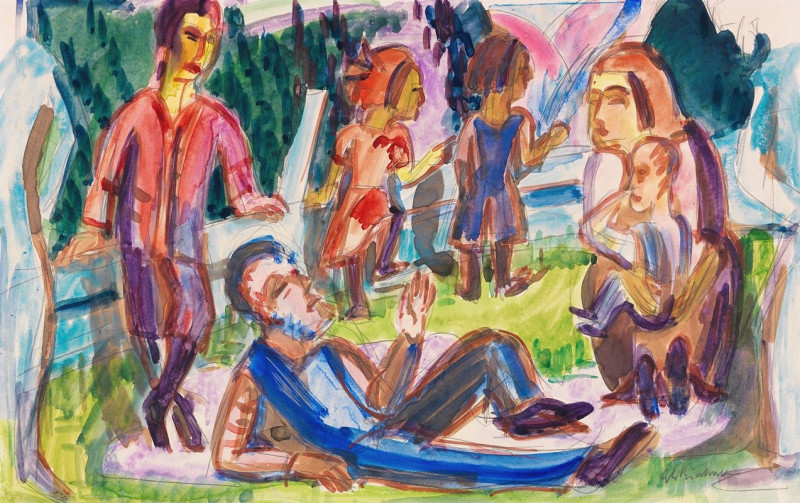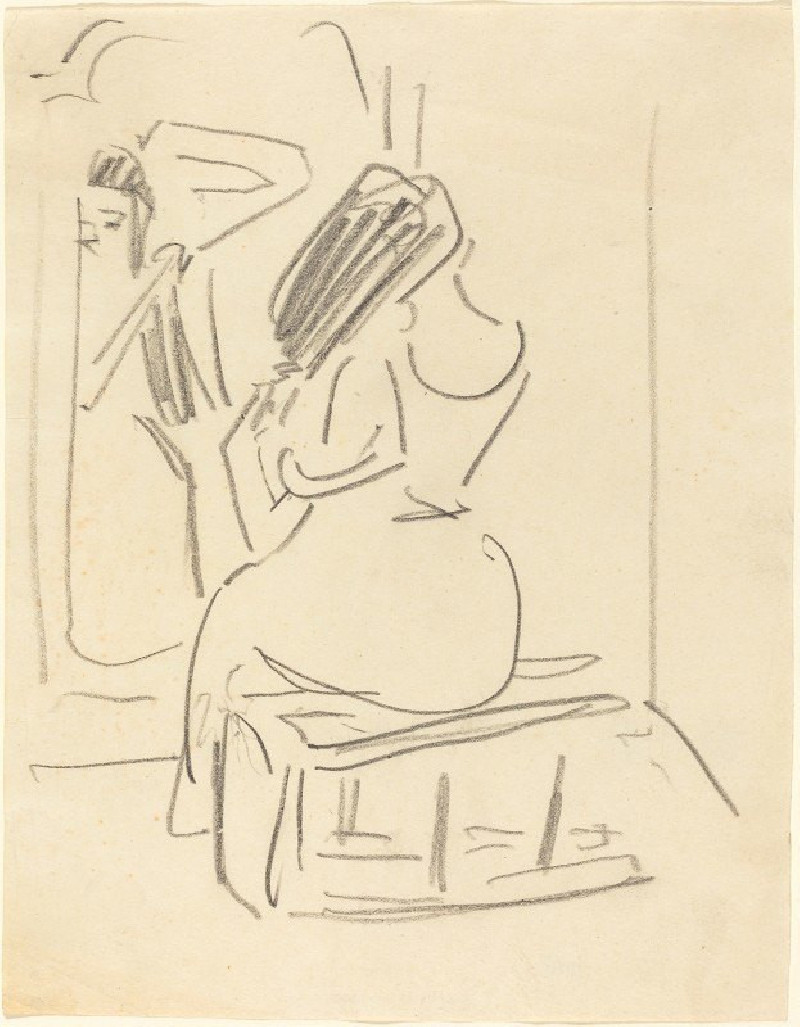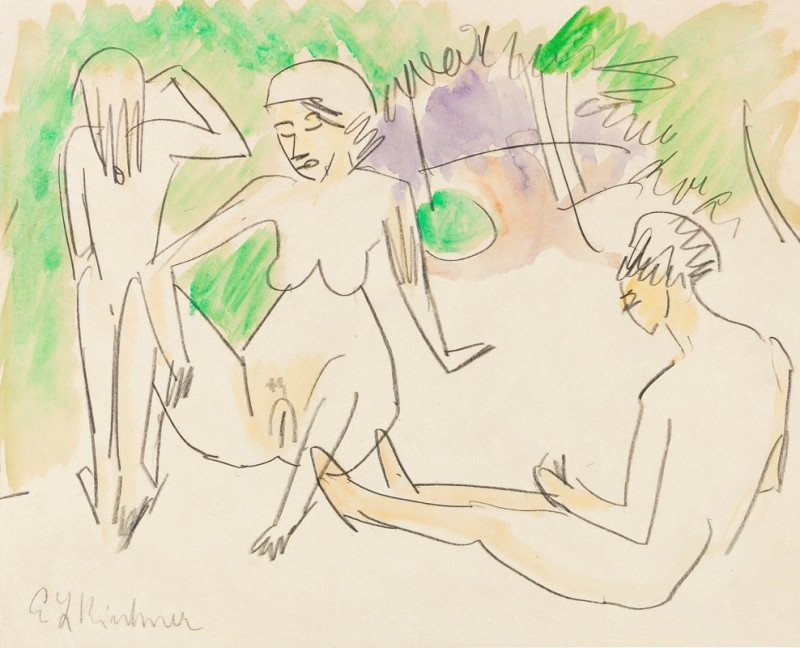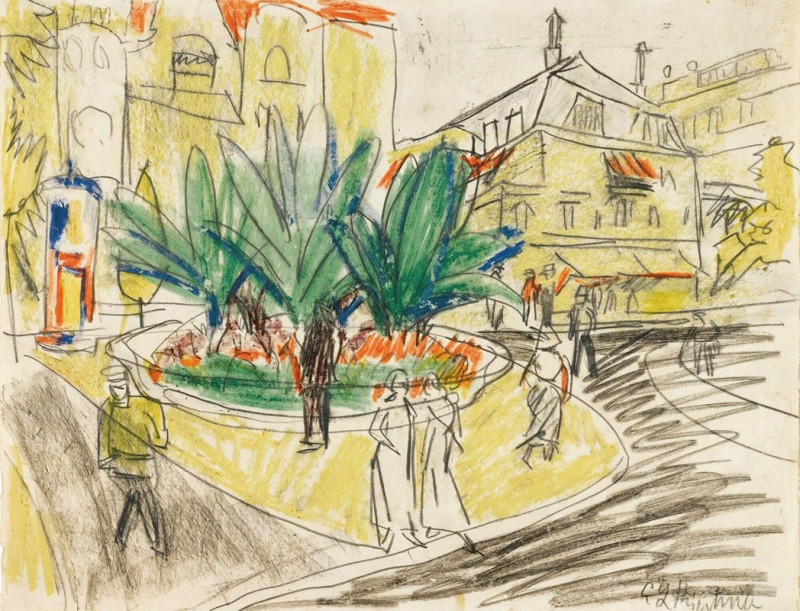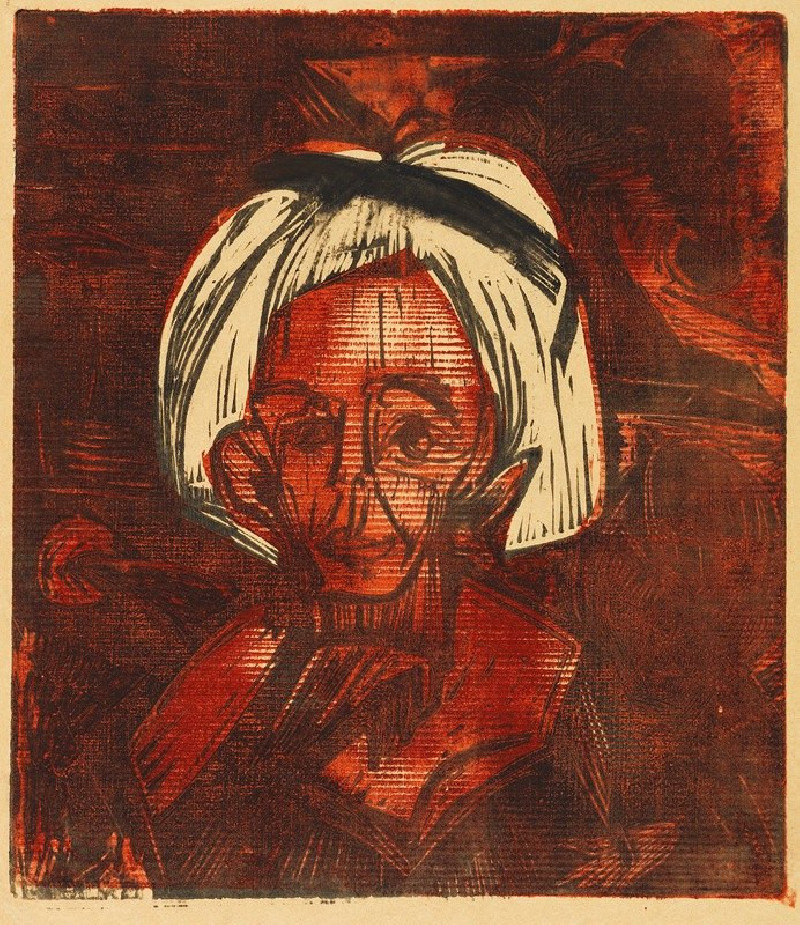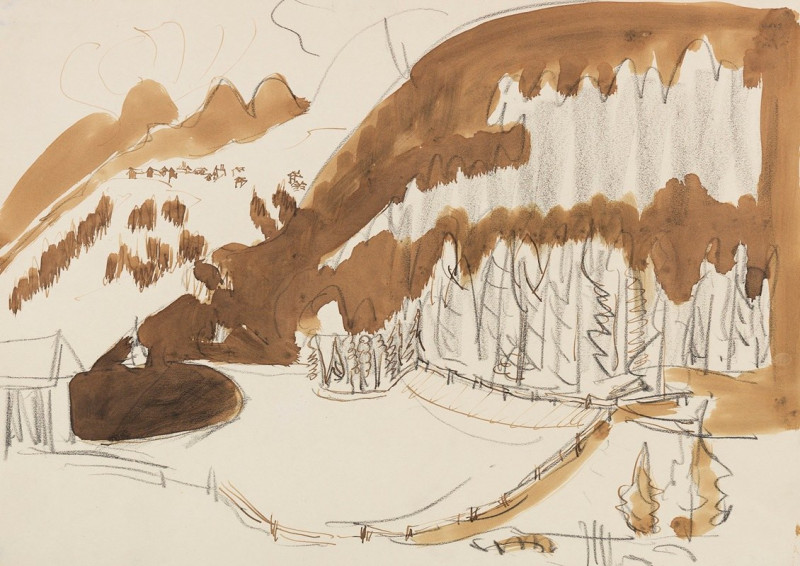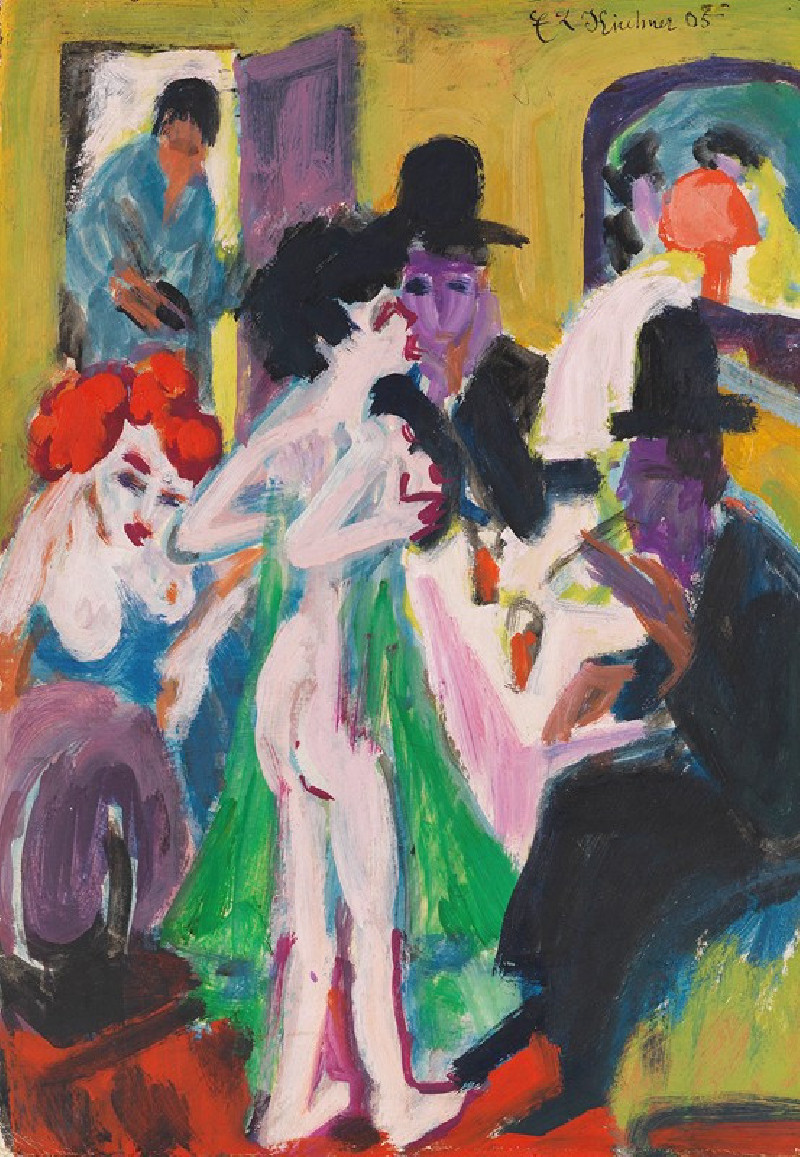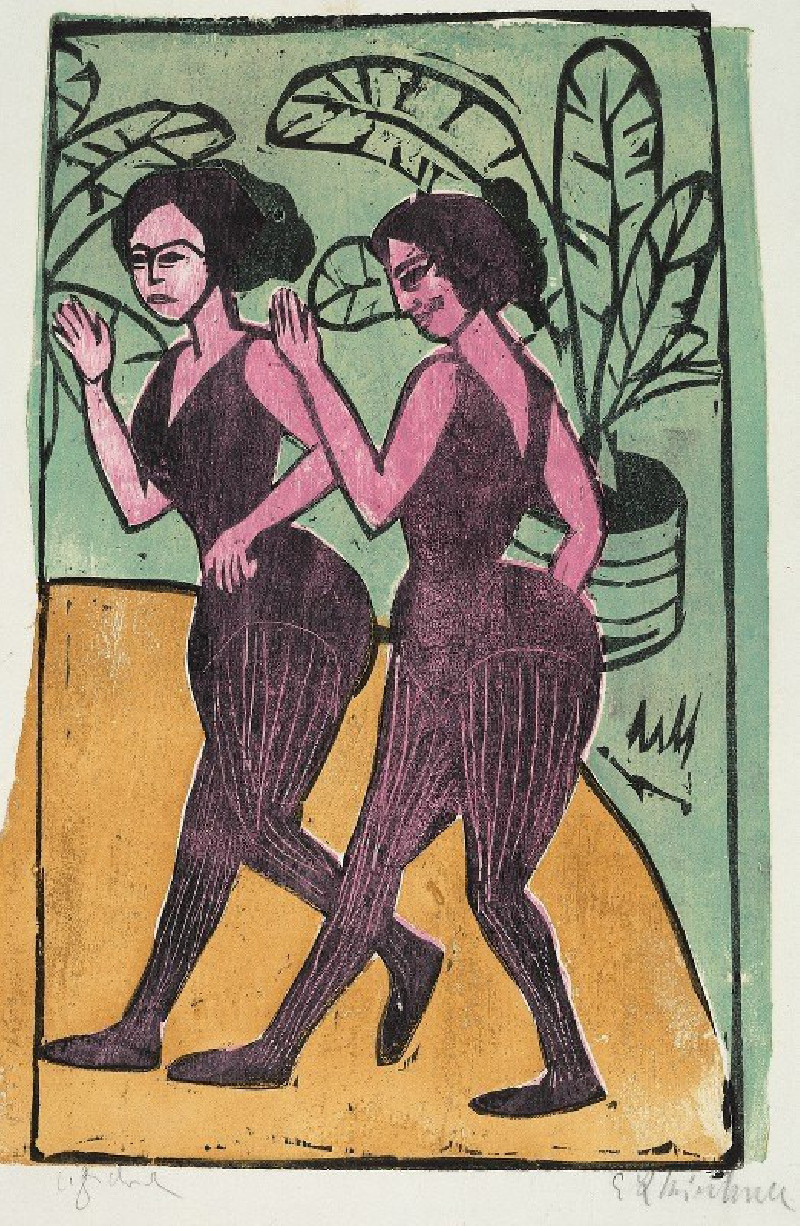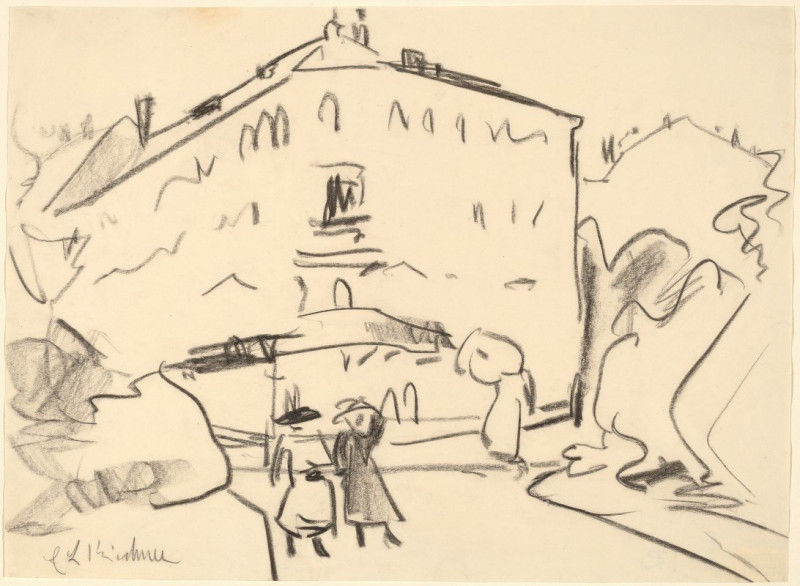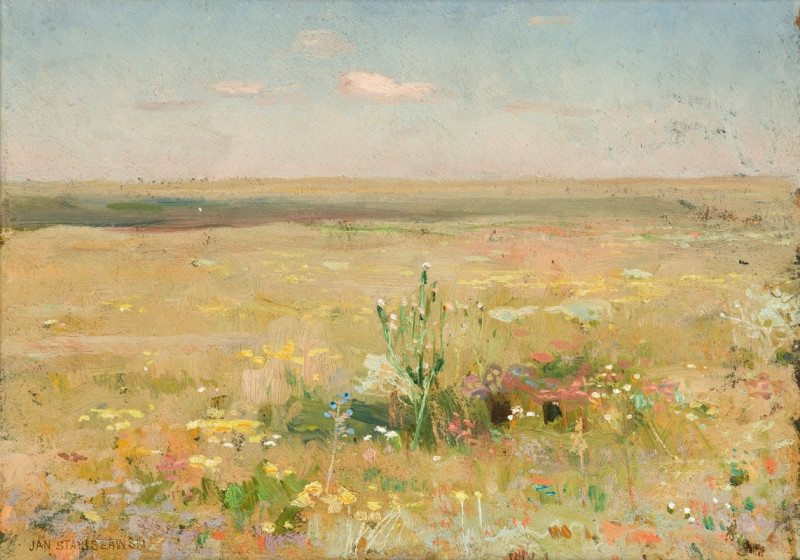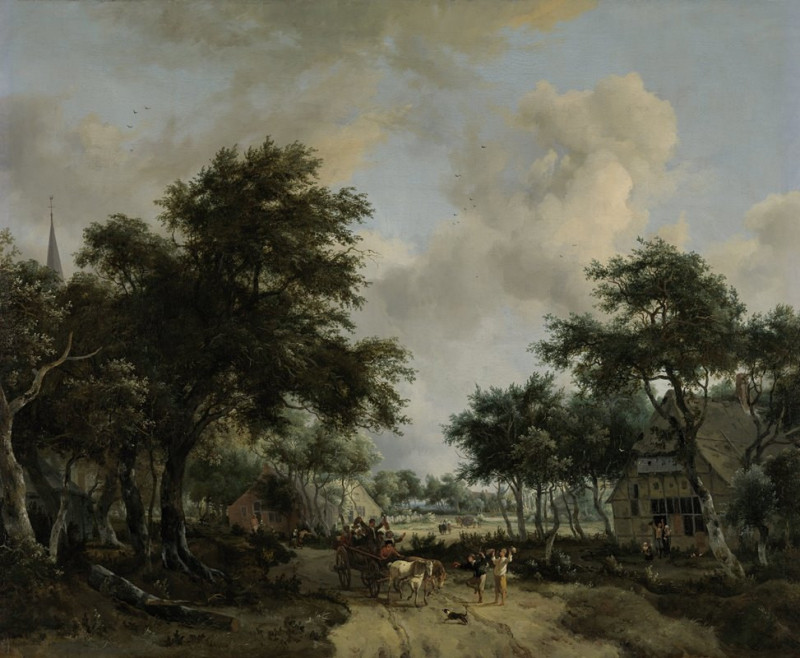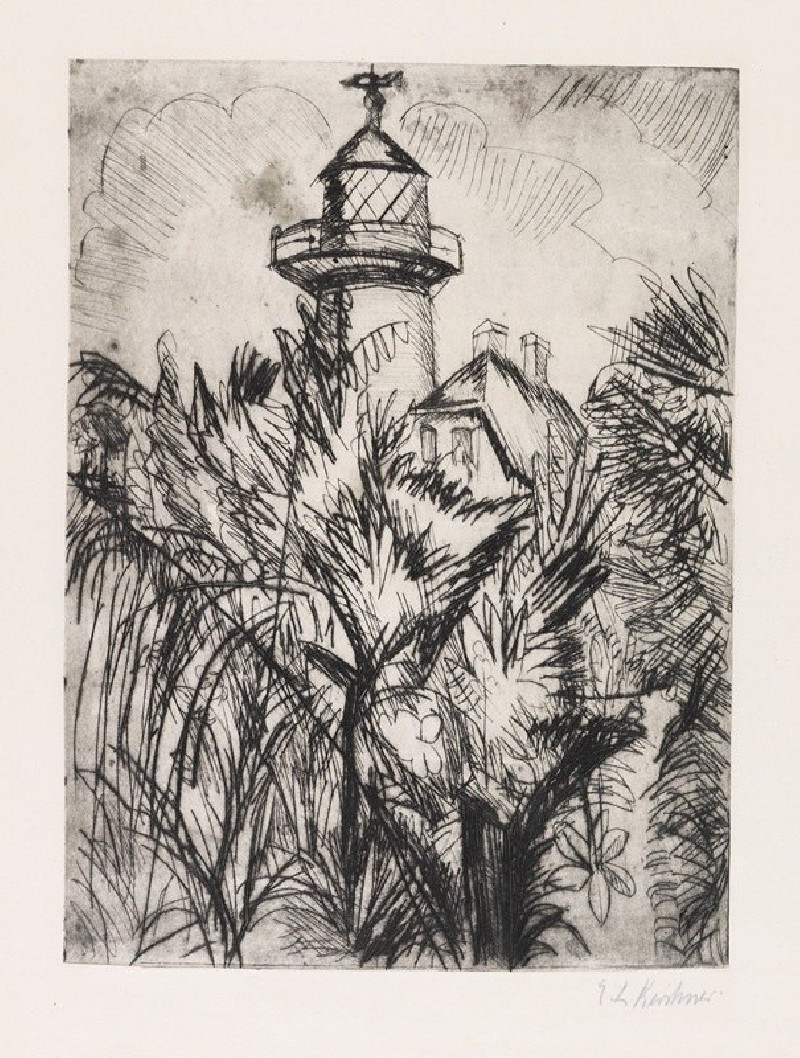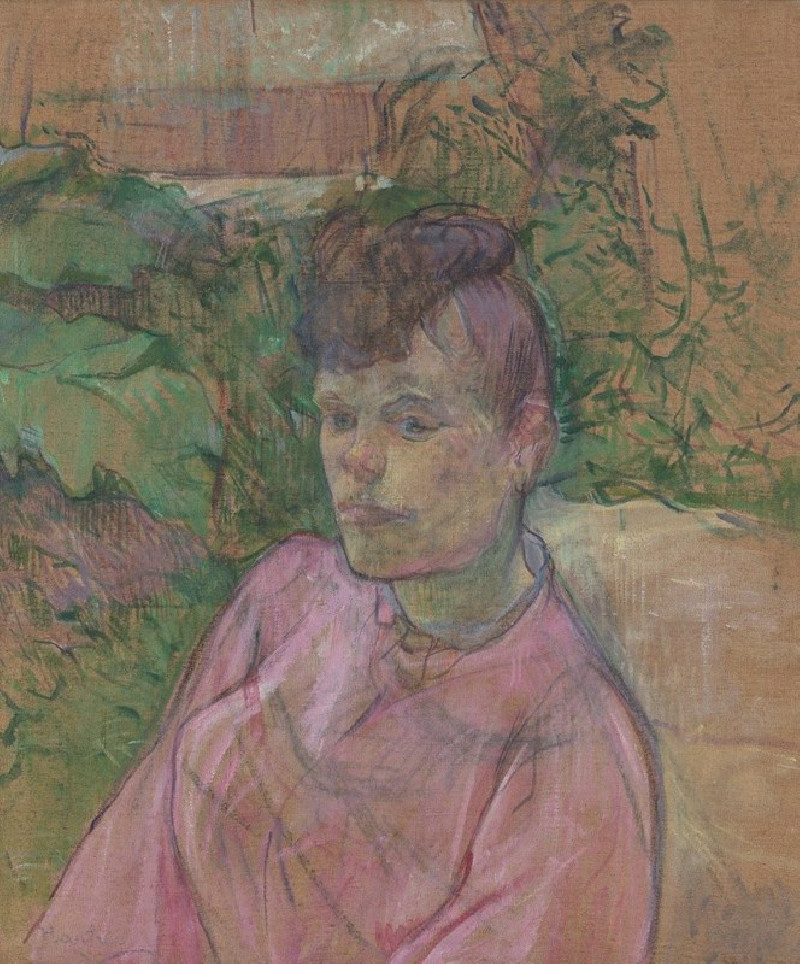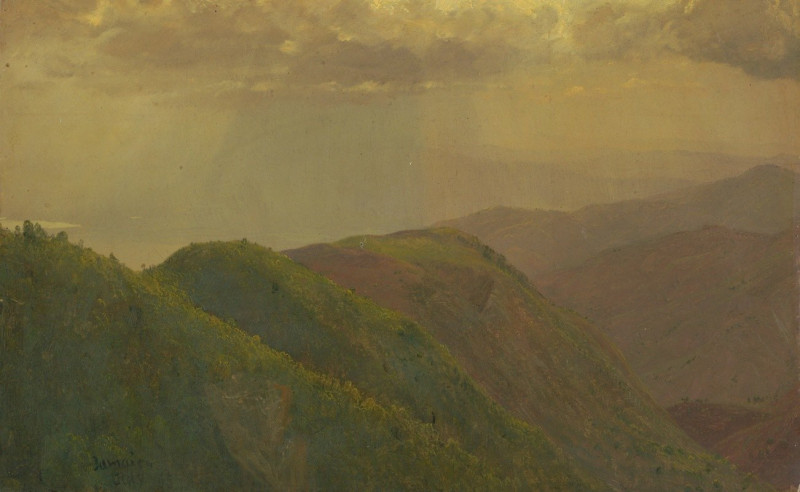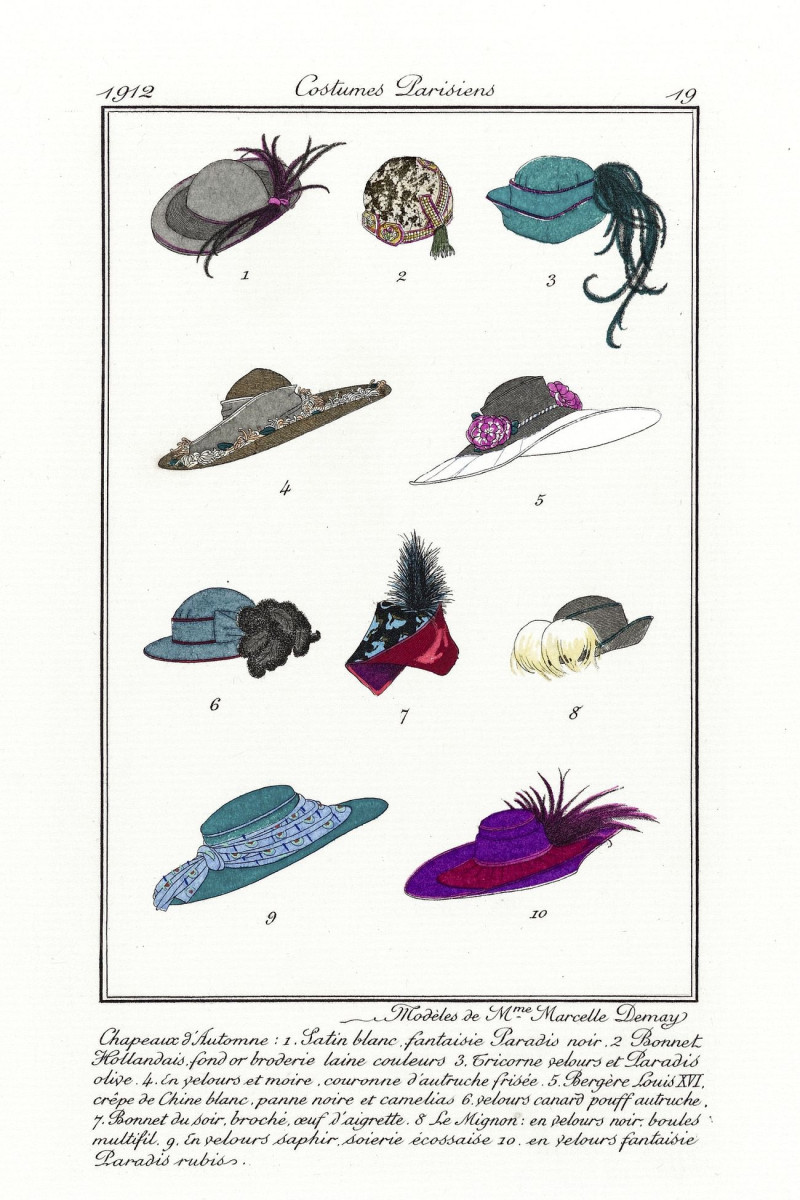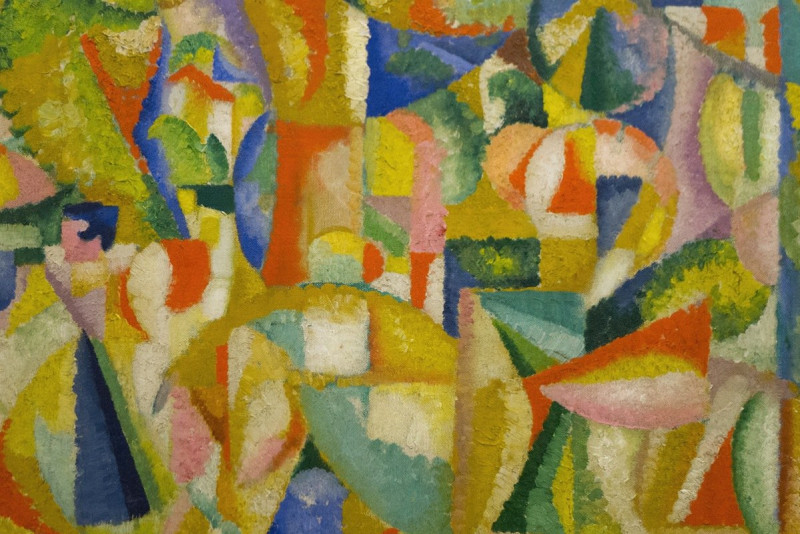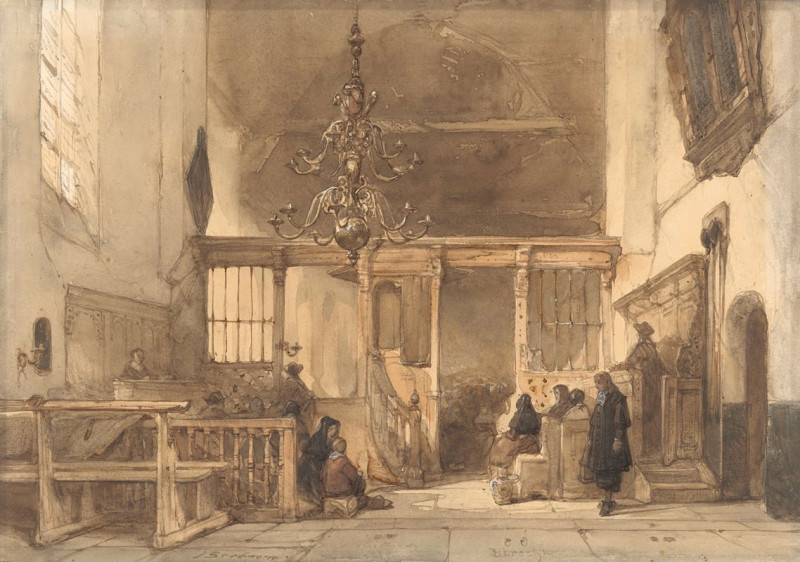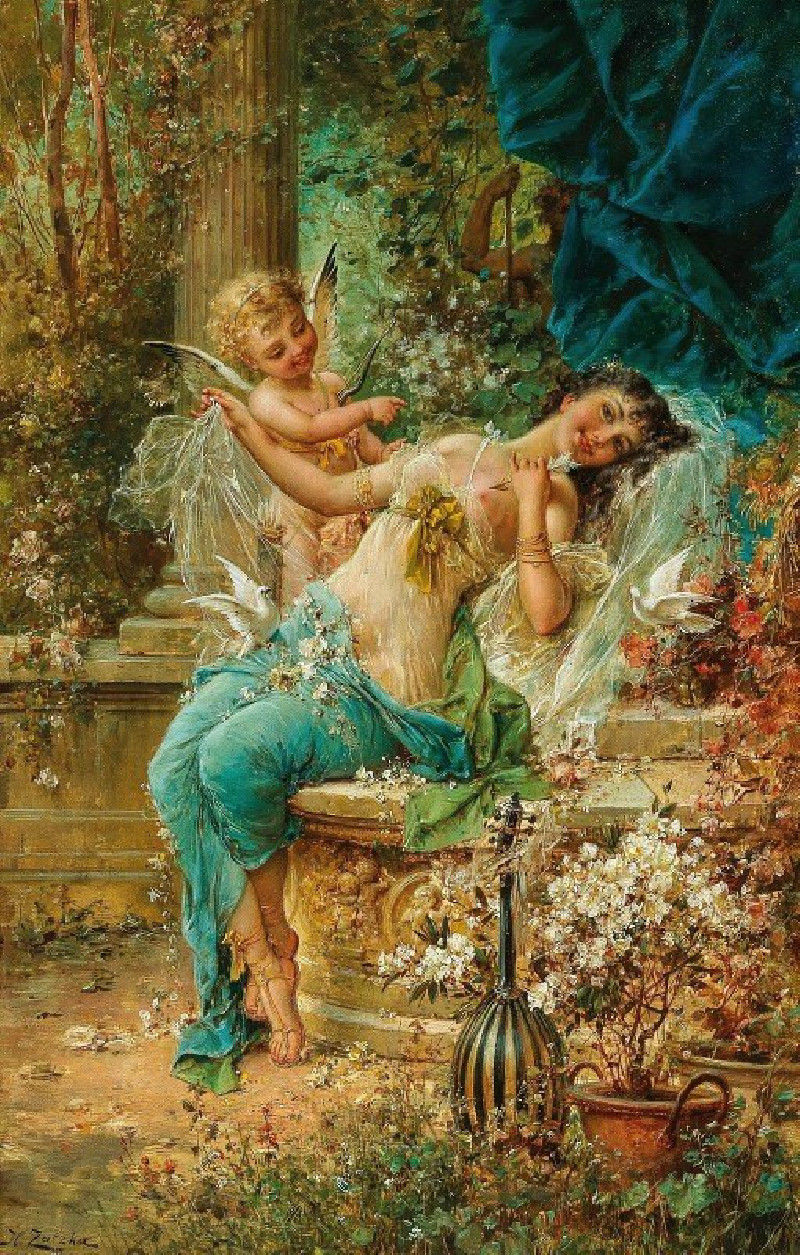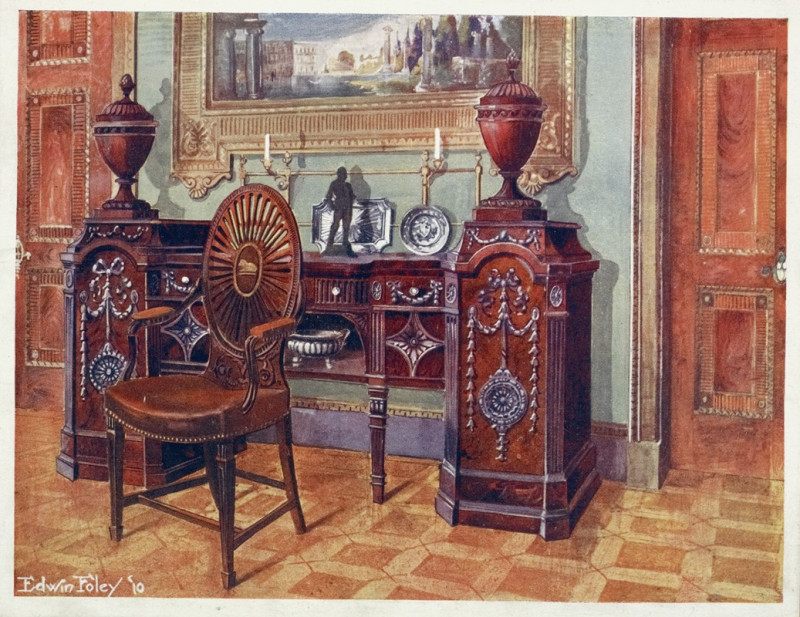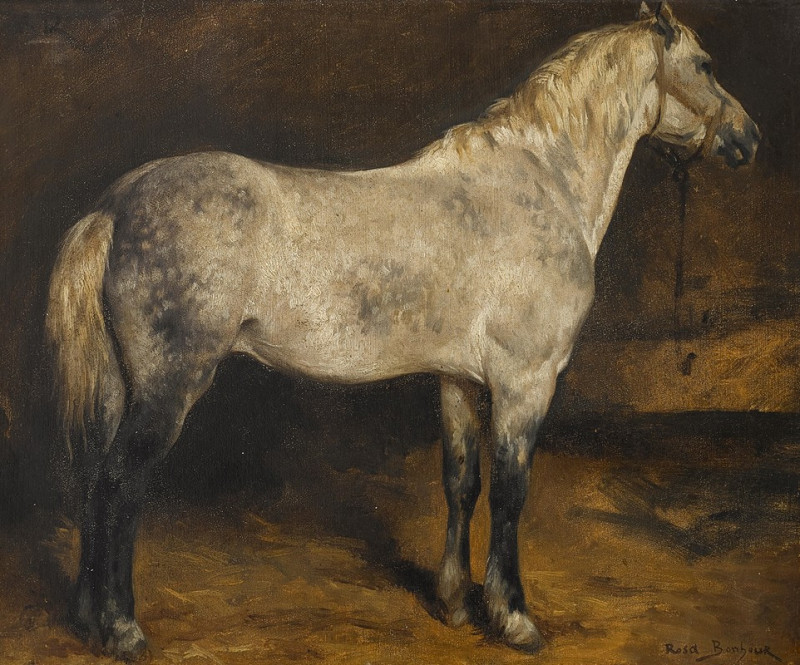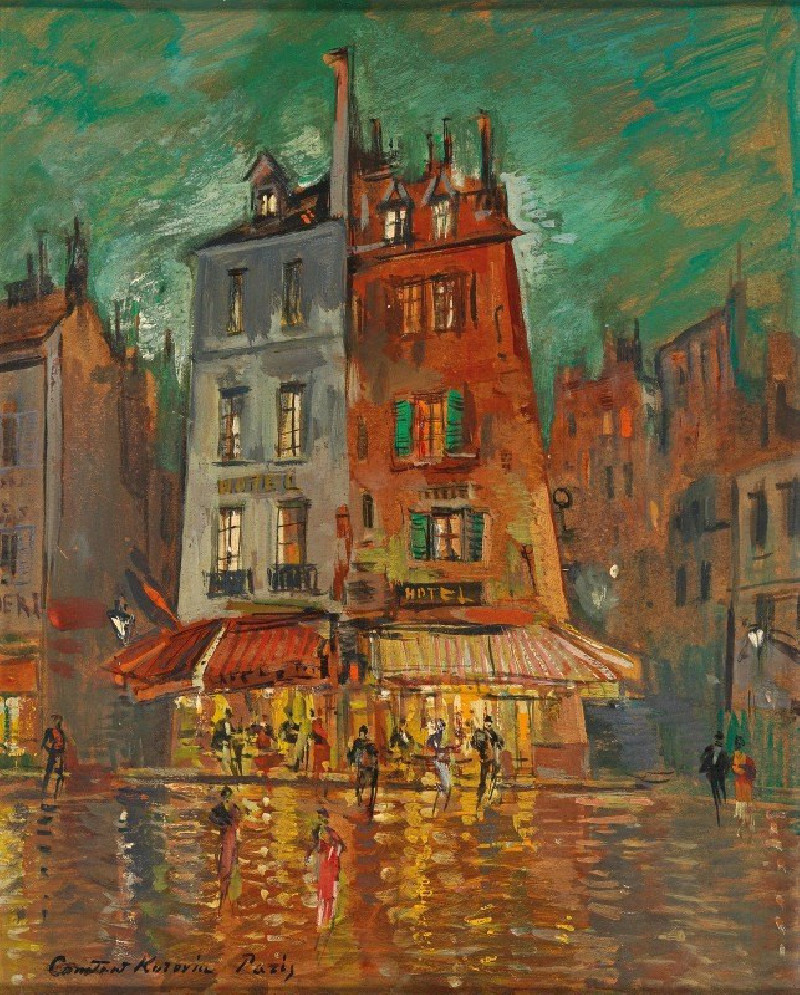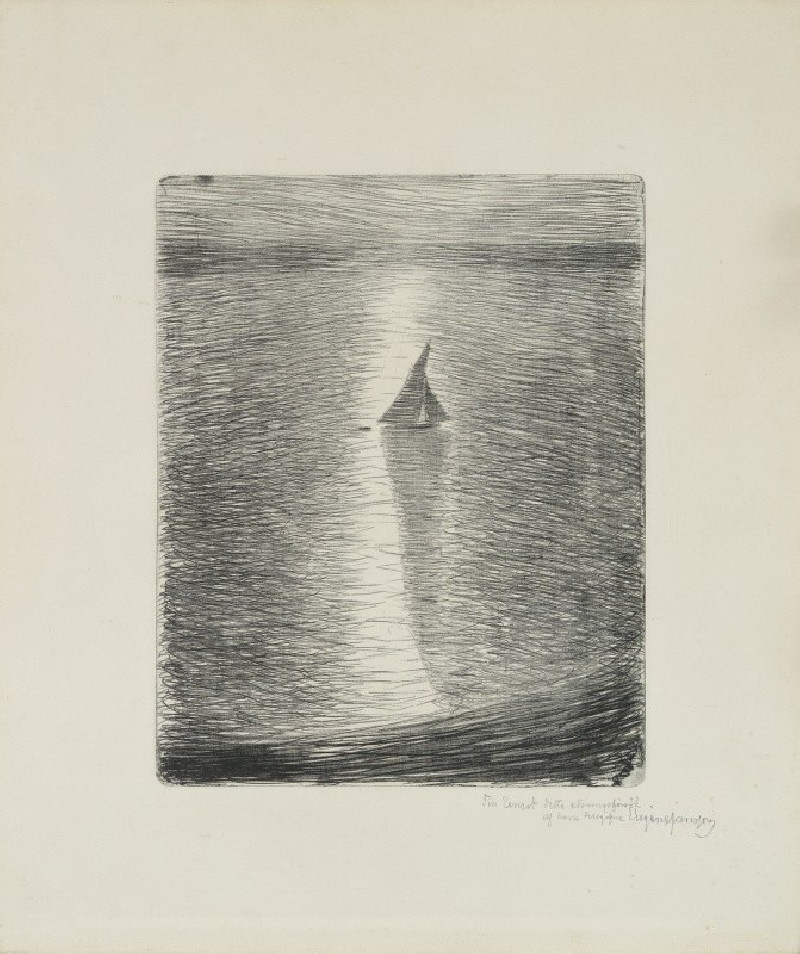Seated Girl (Fränzi Fehrmann) (1910-1920)
Technique: Giclée quality print
Recommended by our customers
More about this artwork
Ernst Ludwig Kirchner's "Seated Girl (Fränzi Fehrmann)" is a vibrant and compelling expressionist painting dating back to the early 20th century. In this captivating piece, Fränzi Fehrmann, a frequent model for Kirchner, is depicted seated against an abstracted background of bold, flat color blocks that frame her form dramatically.The girl, positioned slightly off-center, occupies the canvas with a mix of vulnerability and intensity. Her eyes are prominently outlined, drawing viewers into a gaze that is both enigmatic and direct. The combination of deep reds, bright blues, and the distinctive leaf-green pattern of her sleeve contributes to a feeling of depth and complexity.Kirchner's style here is characterized by its rough, textured strokes and the stark contrasts of color which typify his approach during his most expressive phase. The painting vibrates with energy, emblematic of the emotional depth and psychological insight Kirchner sought to capture in his portraits.
Delivery
Returns
Ernst Ludwig Kirchner (1880–1938) was one of the most important German Expressionist painters. He was a co-founder of Die Brücke, a group of German expressionist artists formed in Dresden in 1905. Die Brücke and Kirchner took inspiration from Vincent Van Gogh and Edvard Munch, as well as African and Oceanic art. They used woodblock printing as a medium to showcase their signature style: flat, unrealistic images with vivid colors. The recurring themes in Kirchner's artworks included exotic cultures, faraway landscapes, self-portraits, dancers and Berlin street life. His paintings and prints effectively portrayed non-European cultures despite the fact that he never traveled outside of Europe.

